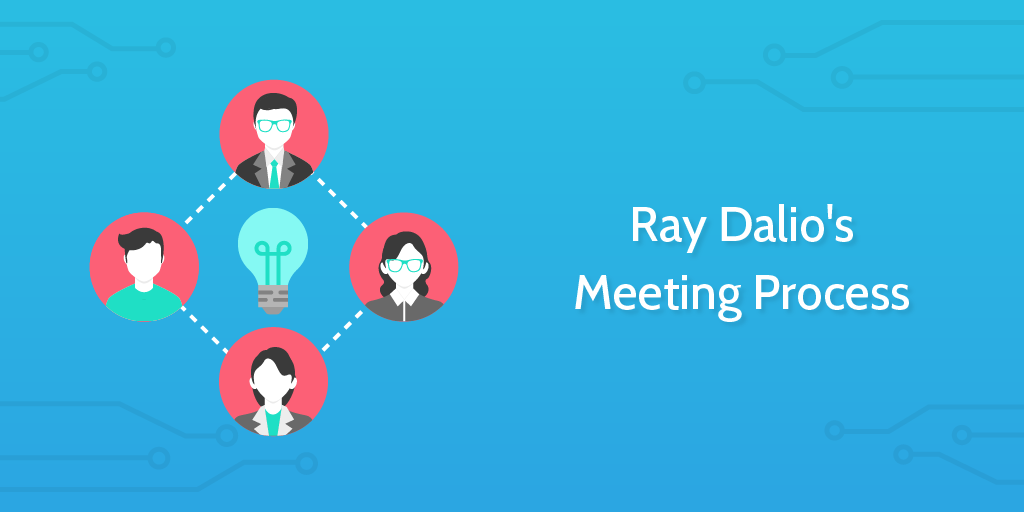This Ray Dalio's Meeting Process template from Process Street is engineered to provide an actionable use case based upon Ray Dalio's book Principles.
Ray Dalio is the founder of the world's largest hedge fund, Bridgewater Associates.
Over 40 years, Bridgewater has grown from one man in a home office to servicing over $160 billion in assets for 350 of the world's largest organizations, from McDonald's to central banks.
The way this empire was built up was through an unorthodox cultivation of company culture. In our post which asks the question "How does a hedge fund work?" we explore the relationship between processes and principles as outlined by Ray Dalio himself.
The three templates we've constructed to give actionable examples of the content of Dalio's book are:
Throughout this process, you will find each task - where relevant - is accompanied by a direct quote from the relevant section of the text.
You can use the form fields throughout to record information which will be stored upon each run of the checklist in the template overview tab.

